-

B2B Product Leadership: The Four Pillars
People often refer to Product Management as the “everything profession.” In a way, that’s true. We are the hub for…
-

Demystifying the Innovation Journey – A Map for B2B Product Managers
B2B product innovation is the process of creating new products that generate increased value for your customers and your company.…
1 -
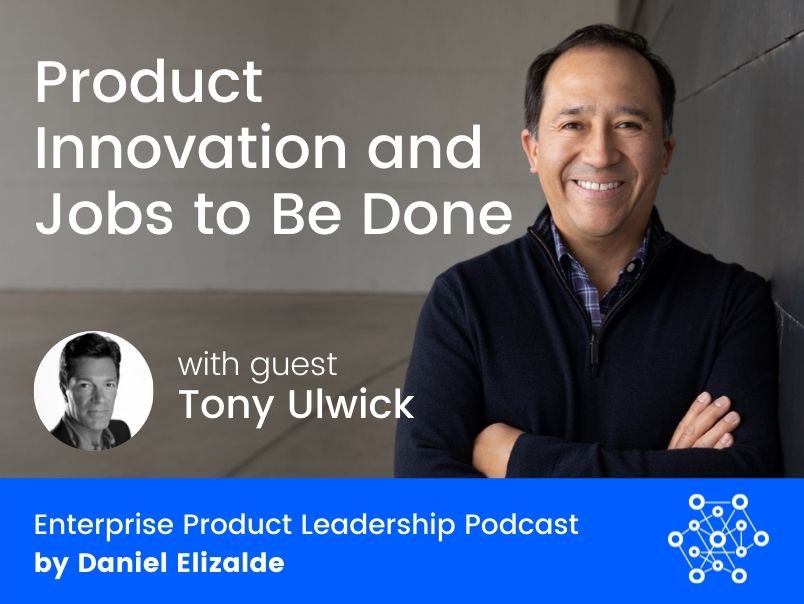
Product Innovation and Jobs to Be Done with Tony Ulwick
Subscribe to the podcast on Apple Podcasts | Android | Stitcher | Spotify Episode Details – Product…
-
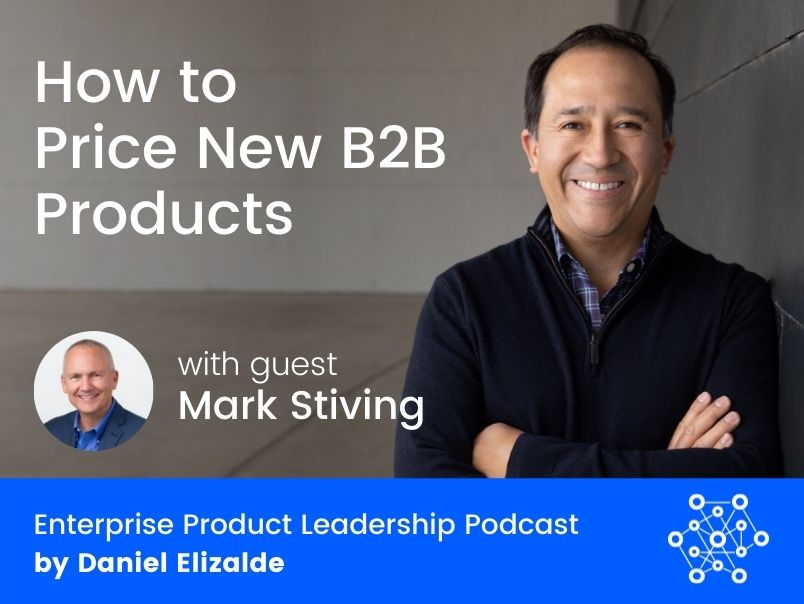
How to Price New B2B Products with Mark Stiving
Subscribe to the podcast on Apple Podcasts | Android | Stitcher | Spotify Episode Details – How…
-
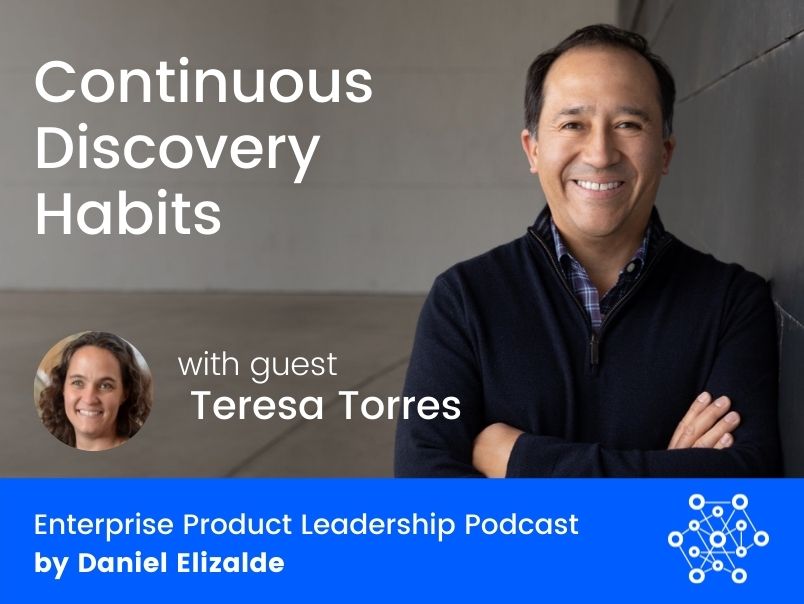
Continuous Discovery Habits with Teresa Torres
Subscribe to the podcast on Apple Podcasts | Android | Stitcher | Spotify Episode Details – Continuous…
-
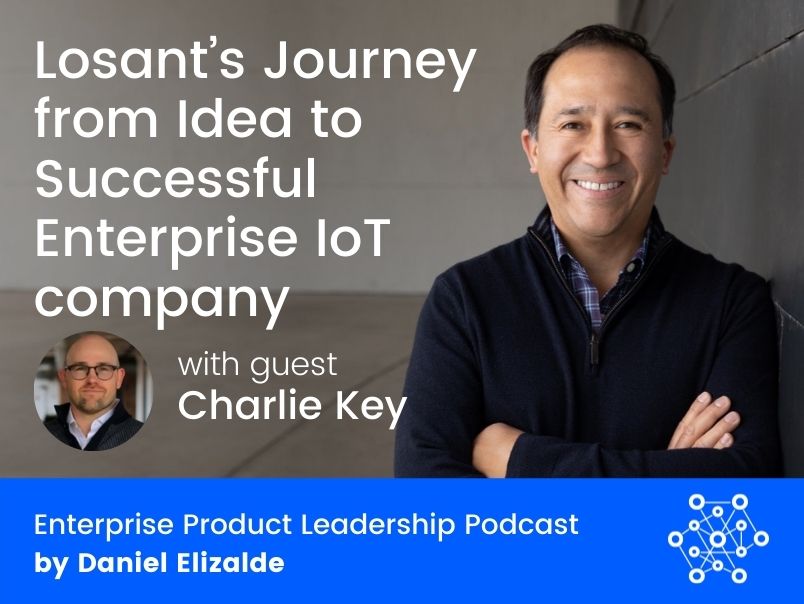
Losant’s Journey from Idea to Successful Enterprise IoT company with Charlie Key
Subscribe to the podcast on Apple Podcasts | Android | Stitcher | Spotify Episode Details – Losant’s…
-
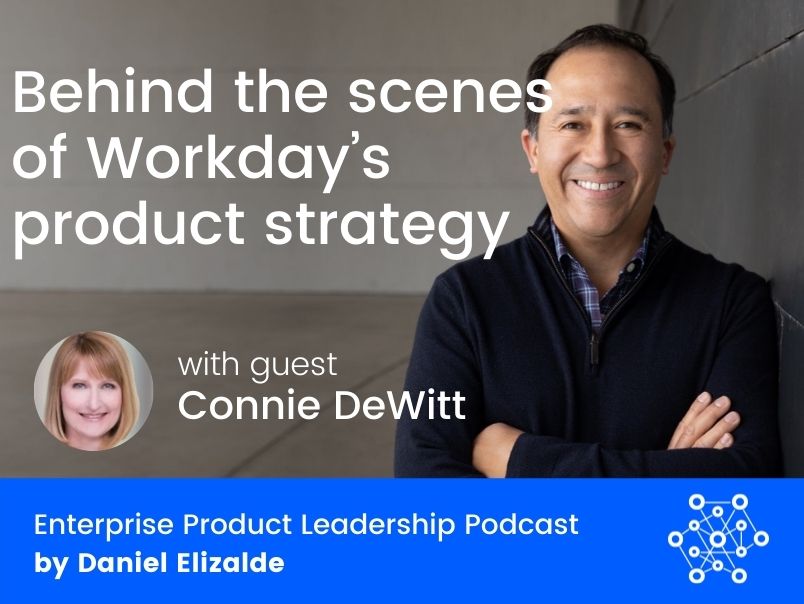
Behind the scenes of Workday’s product strategy
Subscribe to the podcast on Apple Podcasts | Android | Stitcher | Spotify Episode Details – Behind…
-
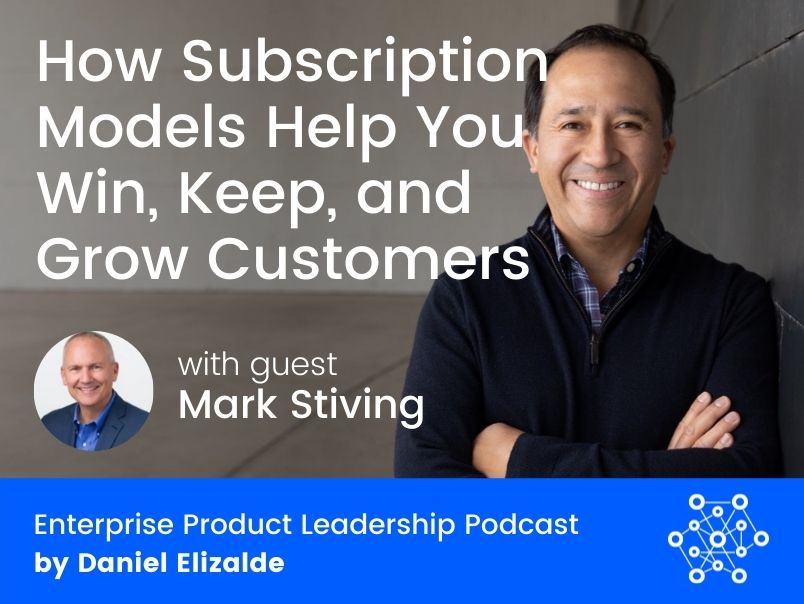
How Subscription Models Help You Win, Keep, and Grow Customers with Mark Stiving
Subscribe to the podcast on Apple Podcasts | Android | Stitcher | Spotify Episode Details – How…
-
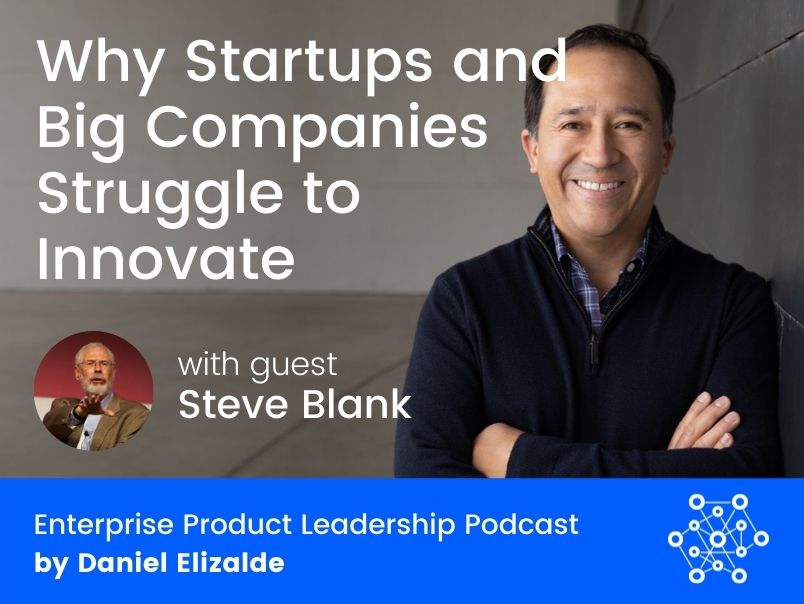
Why Startups and Big Companies Struggle to Innovate with Steve Blank
Subscribe to the podcast on Apple Podcasts | Android | Stitcher | Spotify Episode Details – Why Startups…
-
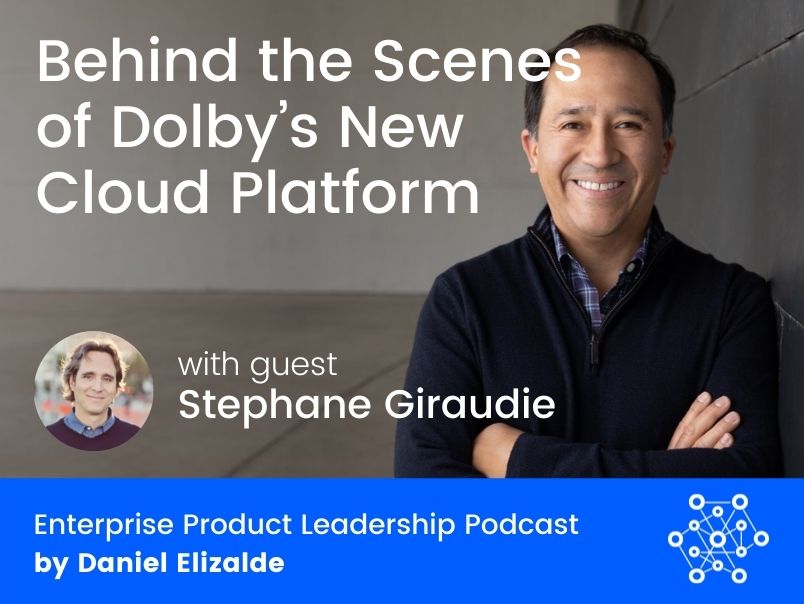
Behind the Scenes of Dolby’s New Cloud Platform with Stephane Giraudie
Subscribe to the podcast on Apple Podcasts | Android | Stitcher | Spotify Episode Details – Behind…
-
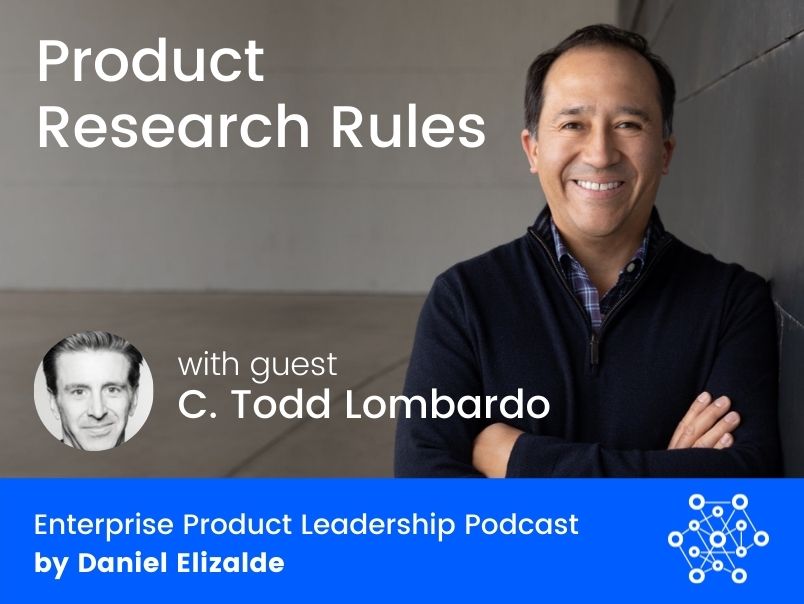
Product Research Rules with C. Todd Lombardo
Subscribe to the podcast on iTunes | Android | Stitcher | Spotify Episode Details – Product Research Rules with…
-
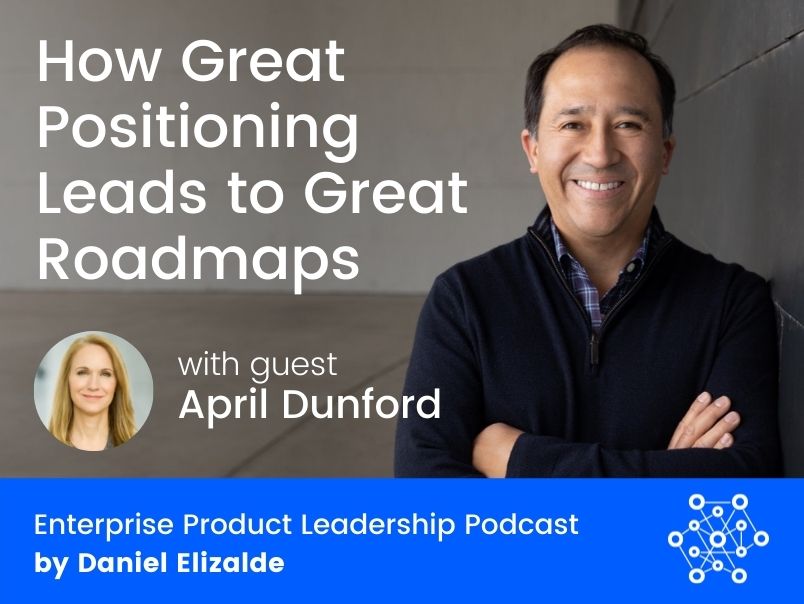
How Great Positioning Leads to Great Roadmaps with April Dunford
Subscribe to the podcast on iTunes | Android | Stitcher | Spotify Episode Details – How Great Positioning…